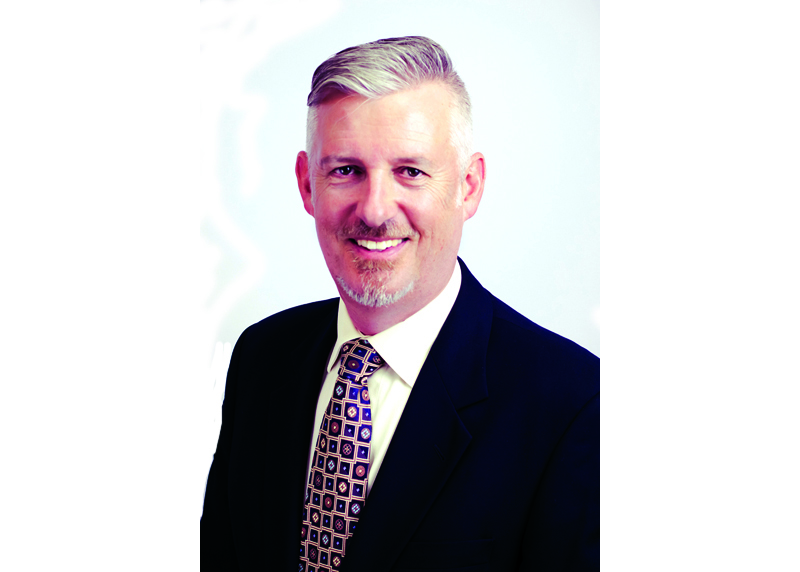“What are you doing on December 3rd?” Those were the words with which our late founder, Raymond Cohen, began his last editorial for Abilities, back in the fall of 2012. He was referring, of course, to the United Nations International Day of Persons with Disabilities. This day has been celebrated each year since 1992, and it’s our day!
Every year the UN picks a specific theme. In 2014 it is “Sustainable Development: The Promise of Technology.” The focus is on the relationship between technology and disability in three areas: Disaster risk reduction and emergency responses; creating enabling working environments; and disability-inclusive sustainable development goals. This is a vast and far-reaching agenda but the heart of it, in my opinion, links the full inclusion of people with disabilities in society and the full inclusion of poor nations in the world’s economy. Let me explain.
Modeling our lives
When the Independent Living Movement for people with disabilities grew out of California in the 1970s and 1980s, our conceptual models of how society should “help” people with disabilities were overturned. You can see a detailed history of the Independent Living Movement at cilt.ca/what_is_il.aspx, but here is the gist of it. Historically, society’s approach to disability was based on charity. Although charity provided some help to some people with disabilities, it was disempowering because charity is fundamentally about the person doing the giving. With advances in medicine, the “treatment” of disability shifted toward doctors and nurses. In many ways this was an improvement over the charity model, but regarding disability as a disease is not terribly enlightened.
The next model to take root was the rehabilitation model. This connected people with disabilities much more clearly to issues of employment and daily functionality, but it had its own problems. It assumed that a person with a disability was broken and needed to be fixed, and ignored the social barriers faced by people with disabilities. Political activism in the 1960s led to yet another model, a sociopolitical approach to disability that was confrontational and demanding. This model was short-lived, but it looked squarely at social exclusion and put disability on the political agenda.
All of these models remain active in various ways today, but they have been rendered obsolete by the model of Independent Living. Advocated by Abilities for more a quarter century now, Independent Living begins with “The right of people with disabilities to live with dignity in their chosen community; participate in all aspects of their life; and control and make decisions about their own lives” (cilt.ca). It sees the person with a disability as first and foremost a citizen, with a right to participate in society and a right to self-determination and self-development.
Globaldevelopment
There’s that notion of development, and I hope you can see where I’m going. Global development efforts in the 20th century were like the charity model. They were really about the developed world and what it believed about itself, not about the less-developed world. They were based on the exploitation of natural resources and of the people whose land those resources were on. This unsustainable development has had profound consequences for our planet. Pollution, global warming, deforestation and drought have had a disproportionate effect on the people of the Global South, who have faced repeated famine and war as a result of our globalized, resource-hungry economy. The costs and benefits of economic development, it is fair to say, have been unevenly distributed, with one part of the world bearing the cost and another reaping the benefit.
If development is ever going to become sustainable, it needs to be anchored in principles similar to the Independent Living movement. It needs to be about poor nations, and their self-determination and self-development. It can’t be about what we in the Global North want to have, or even about what we want to give. That would be the charity model. It can’t be about us “healing” the Global South, or fixing its problems. Those are the medical and rehabilitation models. And sociopolitical activism will only take us so far. Sustainable development has to be about poor people as citizens, with the right to live with dignity, to participate in every aspect of their lives and to control every decision that is about them.
Does that sound familiar? It is fundamental to the inclusion of people with disabilities, and it is fundamental to the inclusion of the poor in the global economy.
Learningfromeachother
The sustainable development movement has a lot to learn from the disability movement, but the reverse is also true. Sustainability has locked itself into the global economic and political agendas in ways in whichdisability can only dream about. Eleven professors at my business school have declared “business and sustainability” as their research focus, while there isn’t even a category for me to list “disability” as mine. Given how powerful business is as a driver of change in our society, we need to pay a lot more attention to the role of business in changing the lives of people with disabilities.
So count me as a fan of this year’s theme for the International Day of Persons with Disabilities. At Abilities, we’re gearing up for this big day with our “It’s time” pin campaign. If you haven’t got yours yet, visit abilities.ca/itstime. Wear your pin with pride, and tell people about how much the world can learn from people with disabilities.
On behalf of the Board

Cameron Graham, PhD
Chair, Canadian Abilities Foundation














